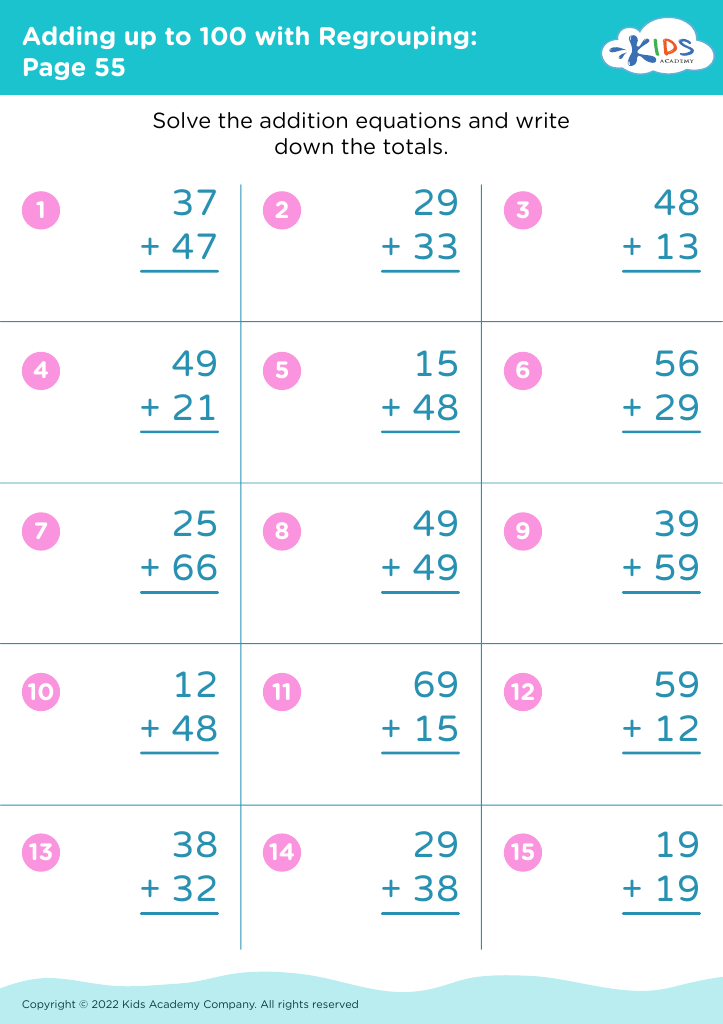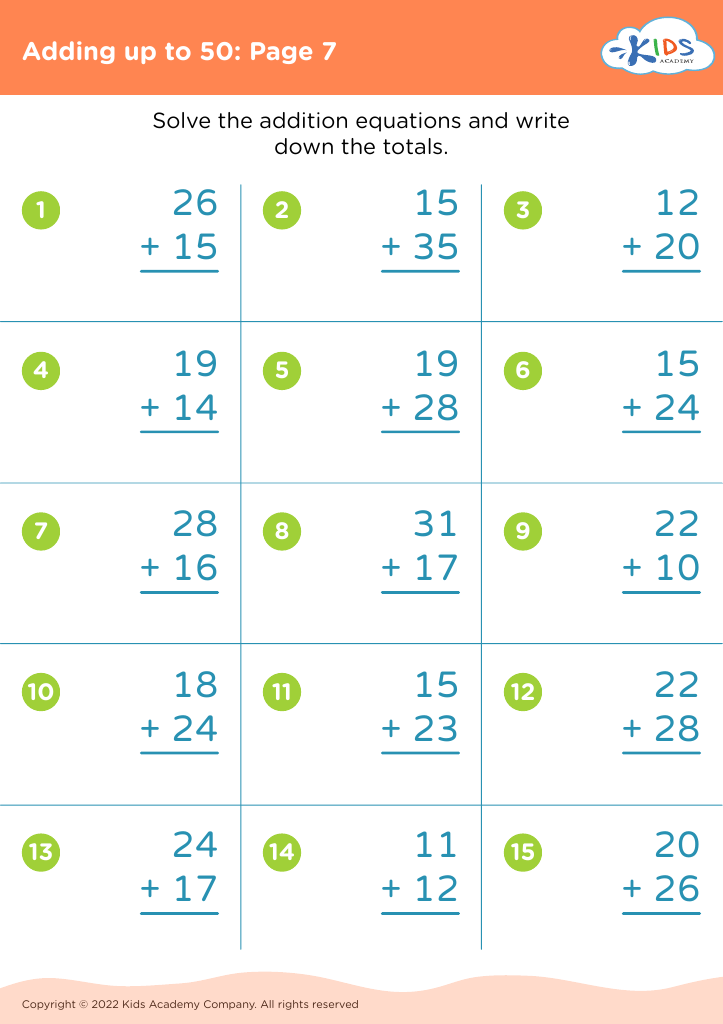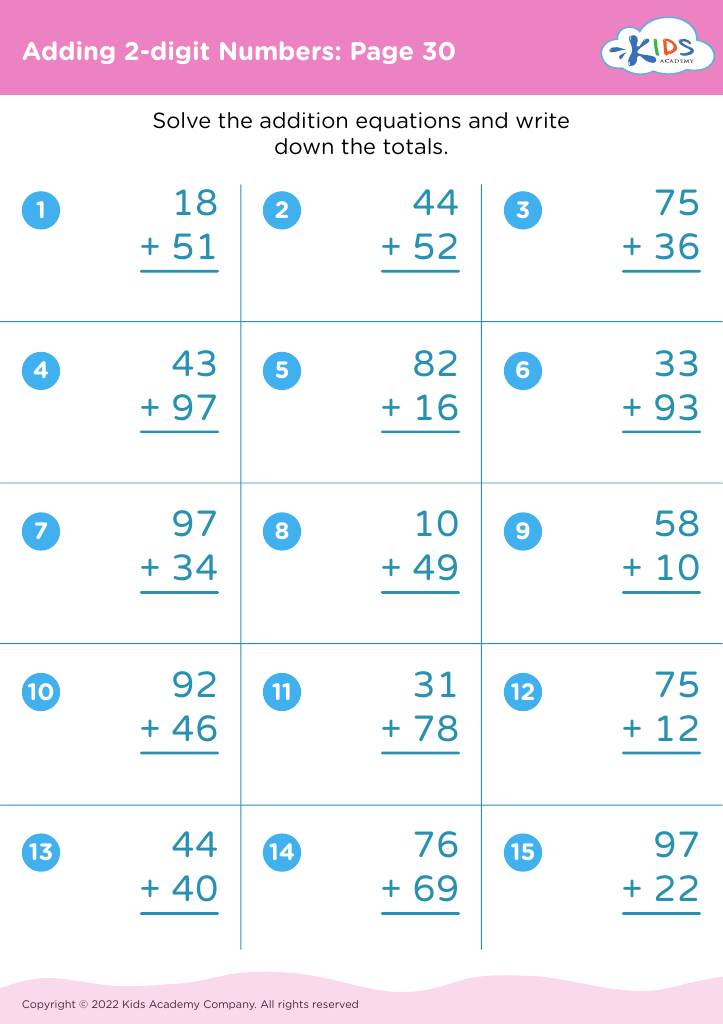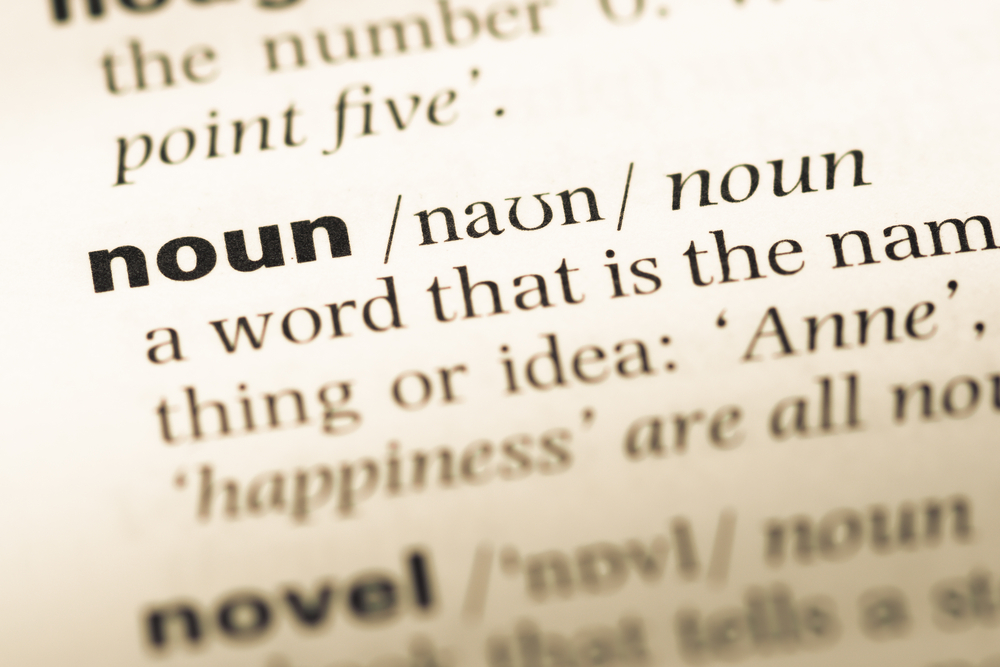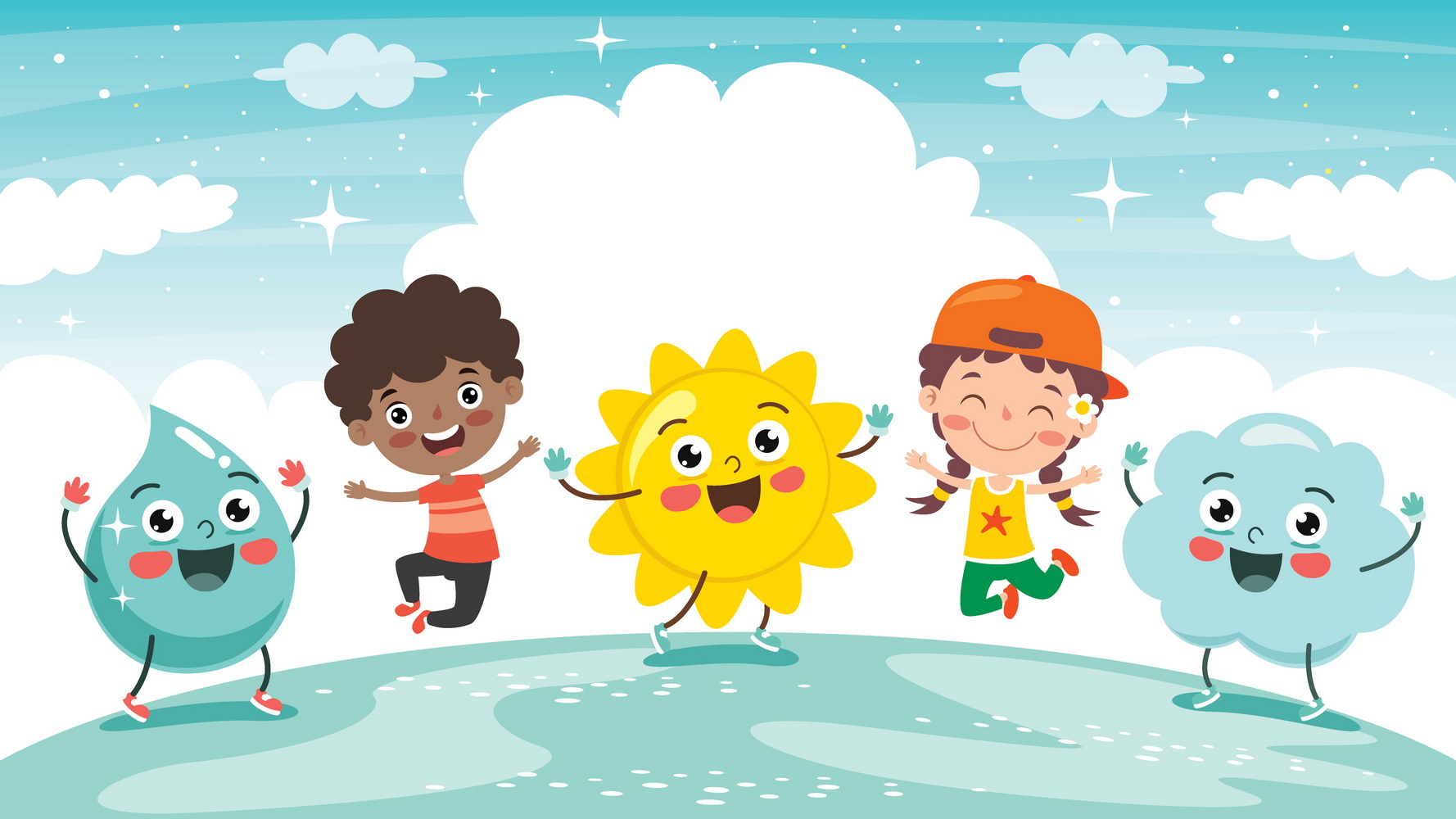Basic counting skills Worksheets for Ages 3-8
28 filtered results
-
From - To
Introduce your little ones to the world of numbers with our Basic Counting Skills Worksheets for Ages 3-8! Designed to provide fun and engaging practice, these printable worksheets help children grasp foundational counting concepts, from recognizing numbers to simple arithmetic. Suitable for preschool to early elementary students, our worksheets foster numeric fluency, improve attention to detail, and lay the groundwork for advanced math skills. Each sheet is crafted to offer the right balance of challenge and enjoyment, ensuring kiddos stay motivated while learning to count. Give your child a head start in math and watch their confidence grow!


Number Worksheet: Counting With Peapods


Which Has More? Size Worksheet


Counting Birds Worksheet
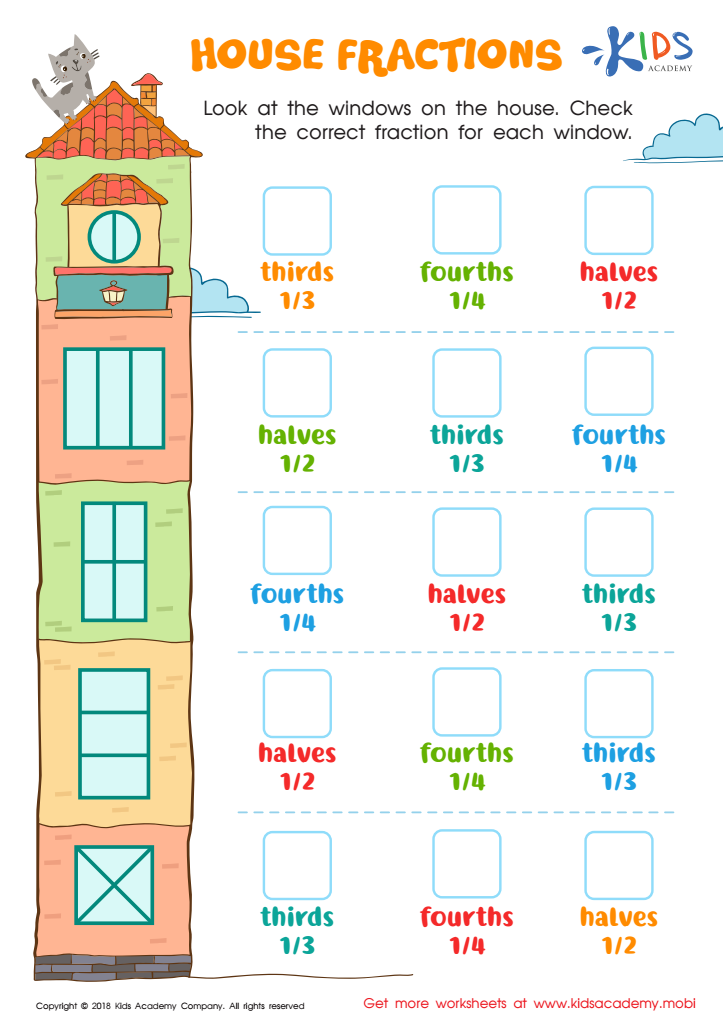

House Fractions Worksheet
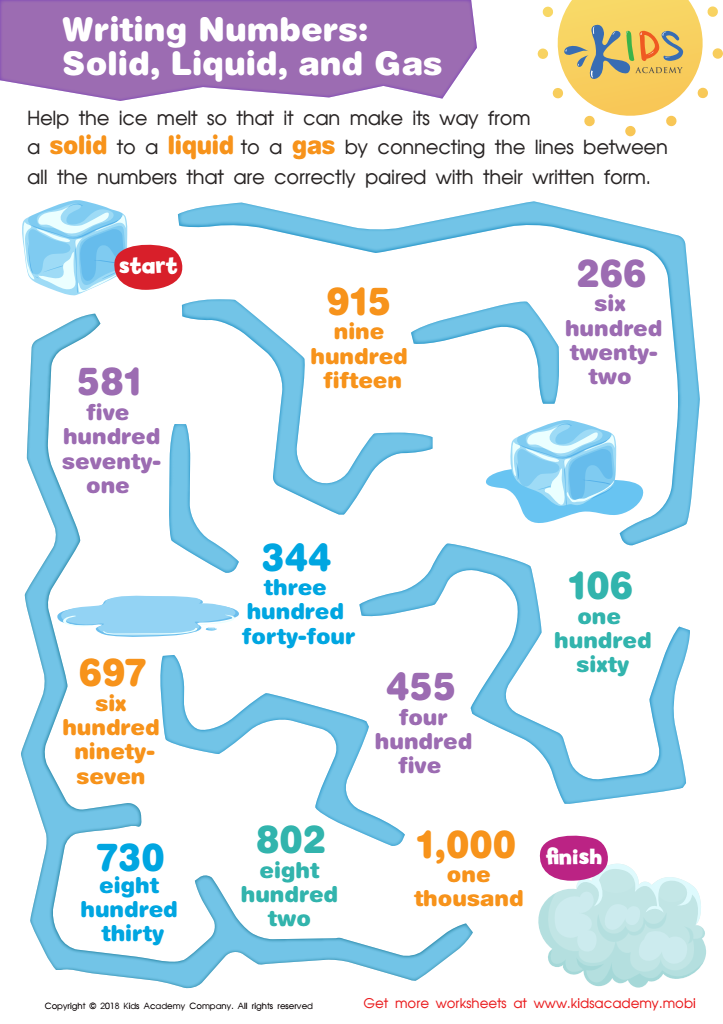

Solid, Liquid, and Gas Writing Numbers Worksheet
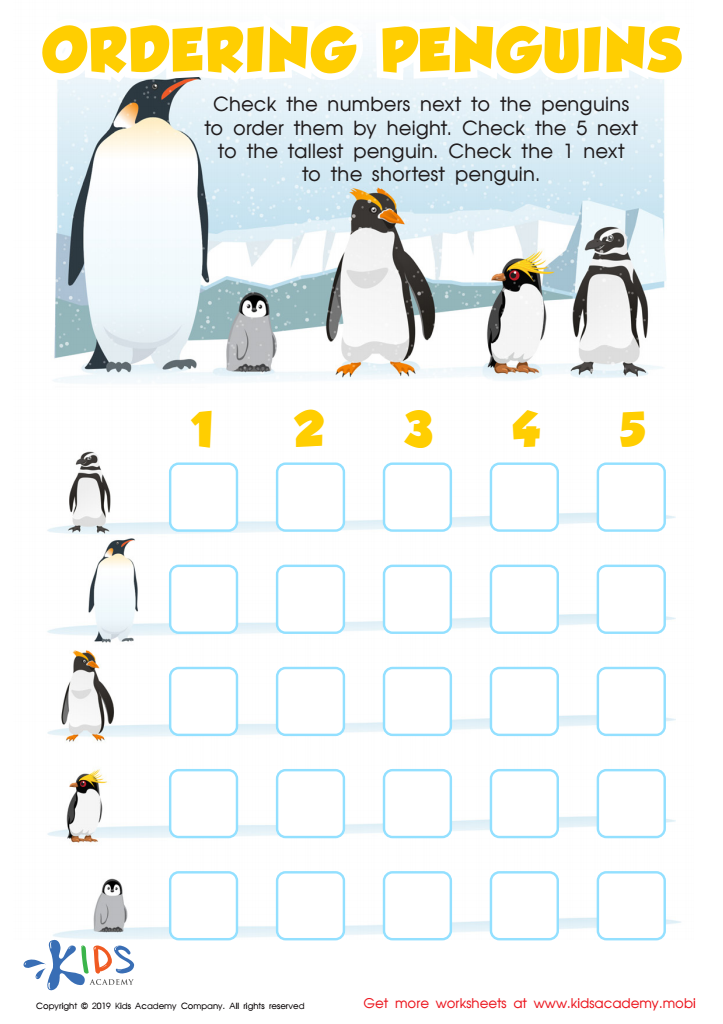

Ordering Penguins Worksheet
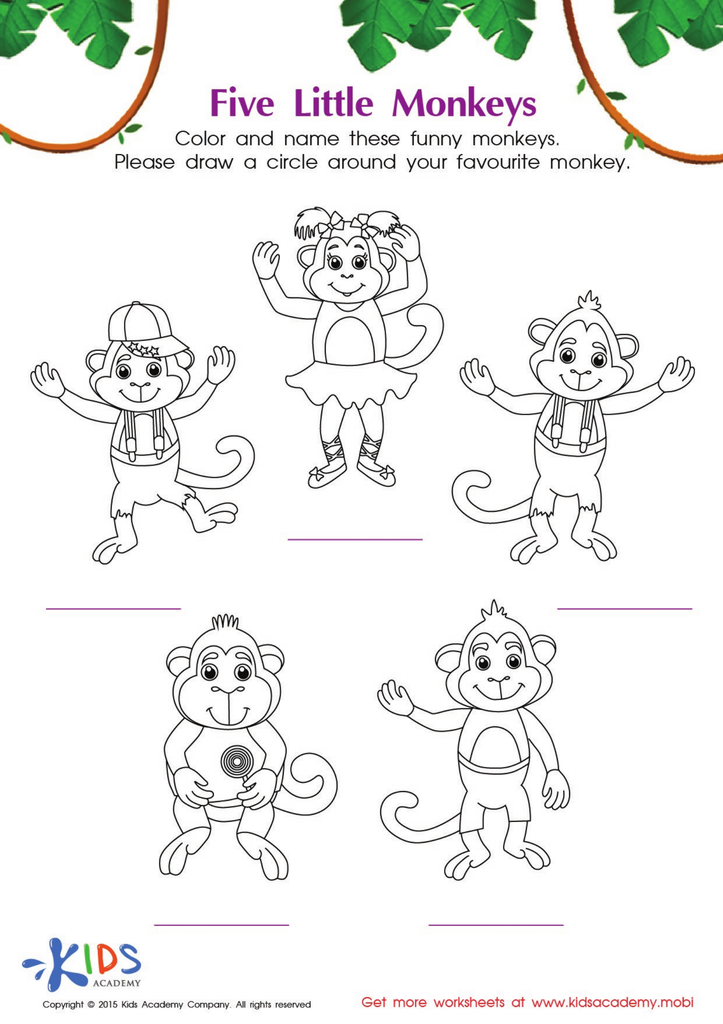

The Five Little Monkeys Coloring Worksheet
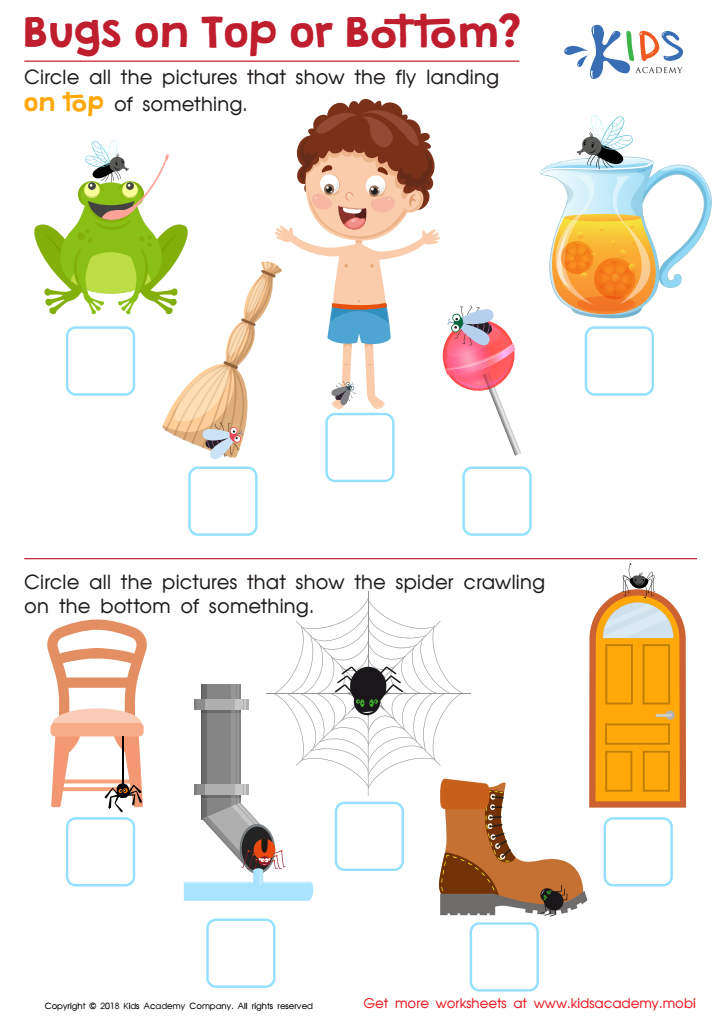

Bugs on Top or Bottom? Worksheet
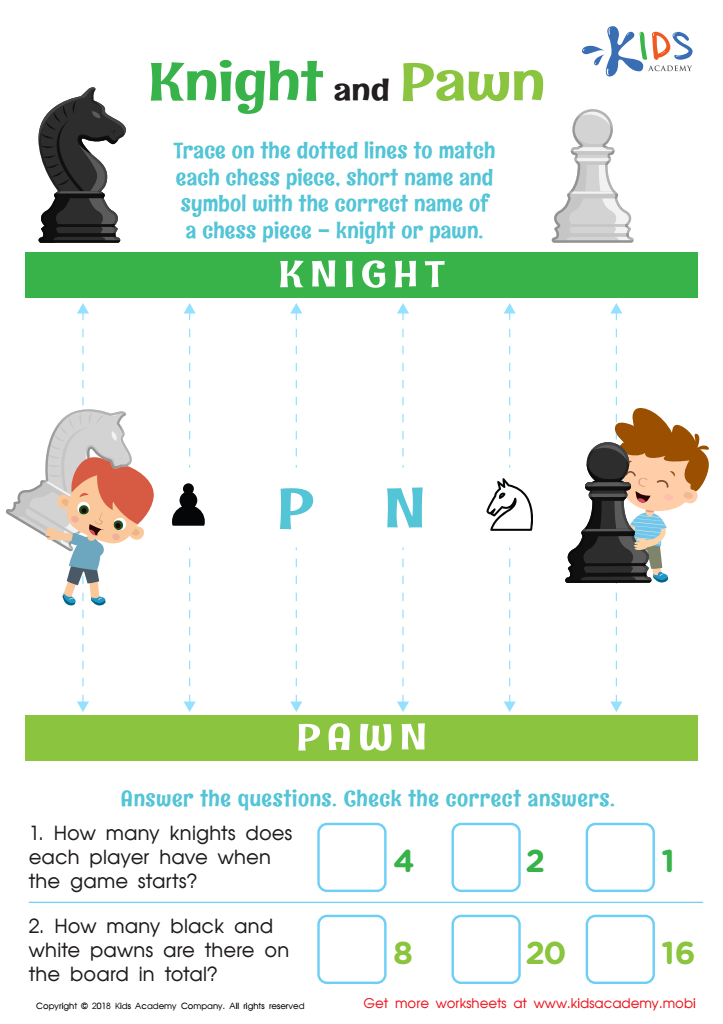

Knight and Pawn Worksheet
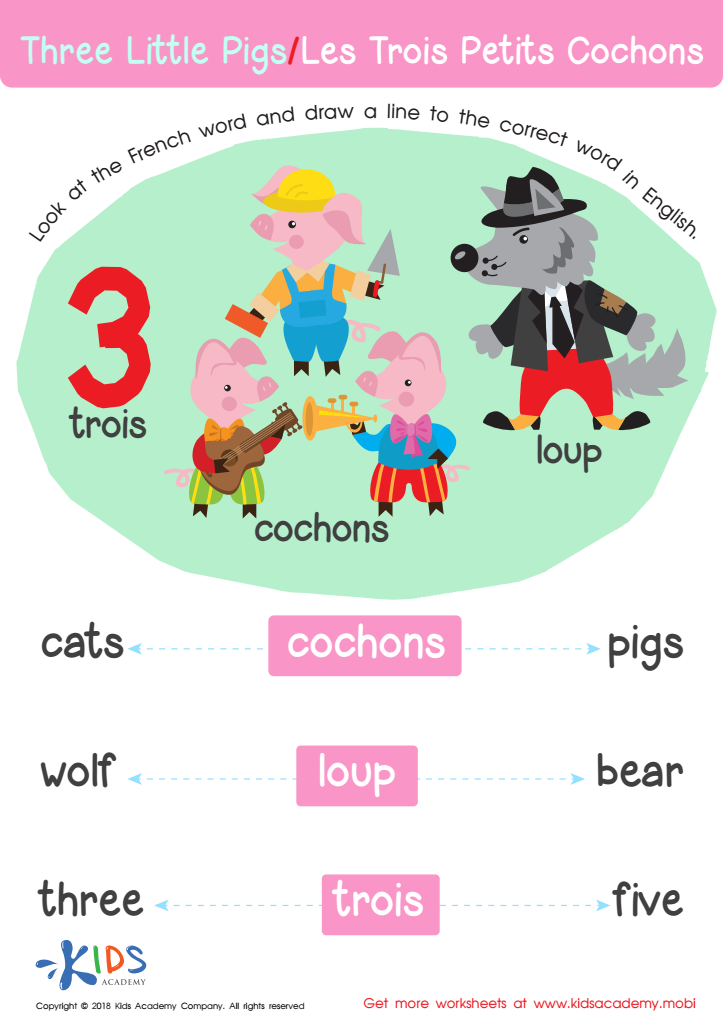

Three Little Pigs / Les Trois Petits Cochons Worksheet
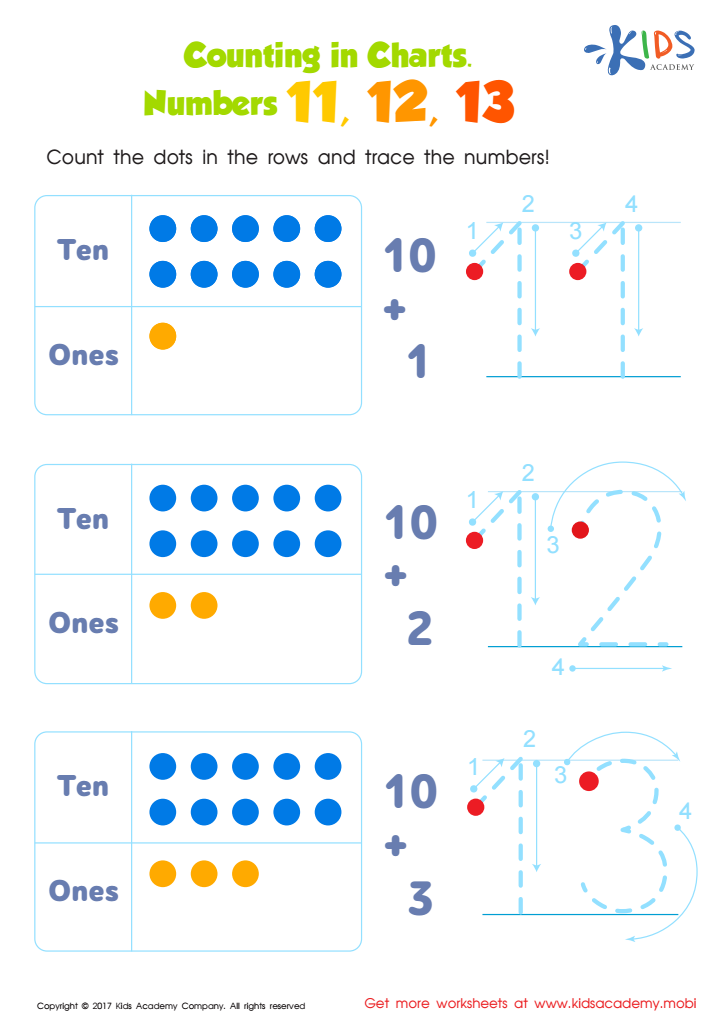

Number Tracing Worksheet For Kindergarten
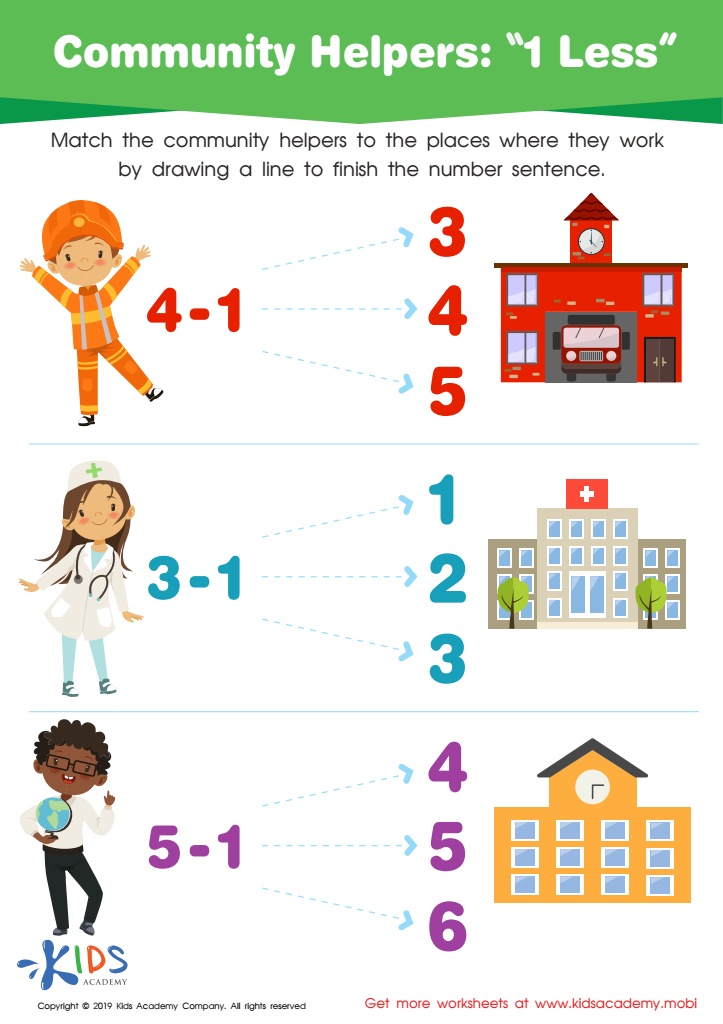

Community Helpers: 1 less Worksheet


Measuring with Blocks Worksheet
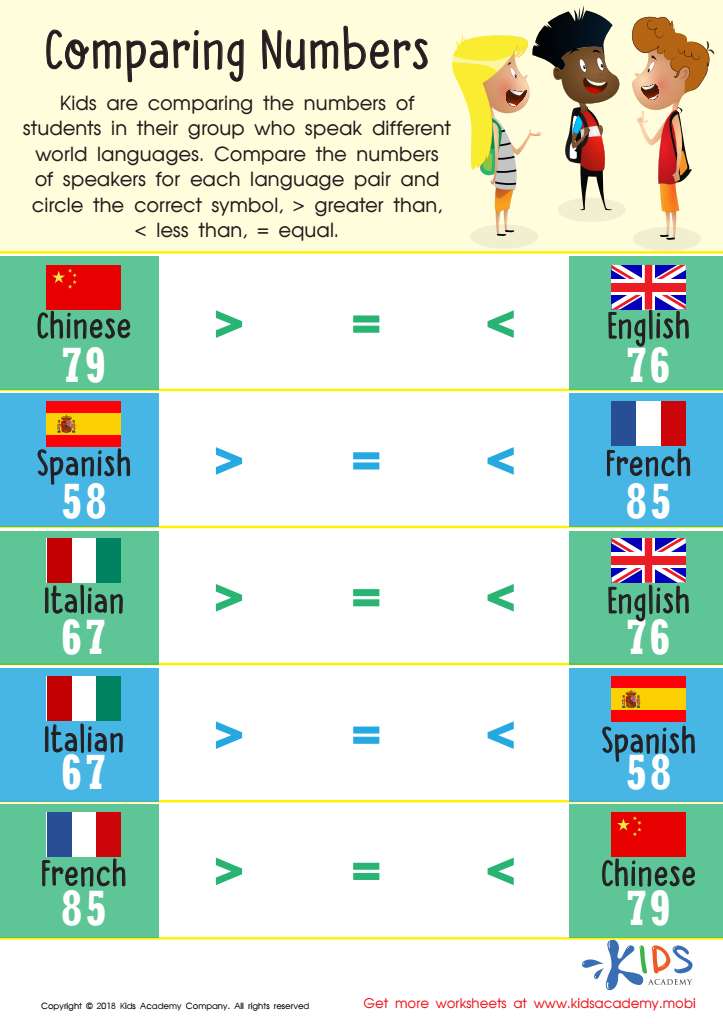

Comparing Numbers Worksheet for 1st Grade
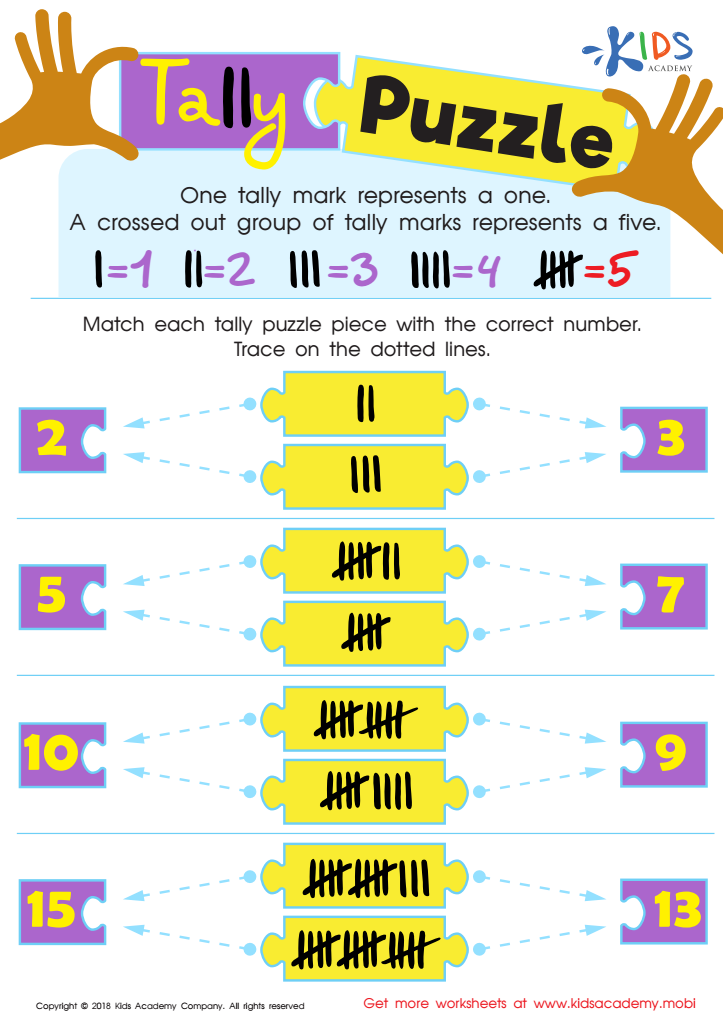

Tally Puzzle Worksheet


Which Wagons Have 1 Less? Worksheet


Data: Assessment 1 Worksheet
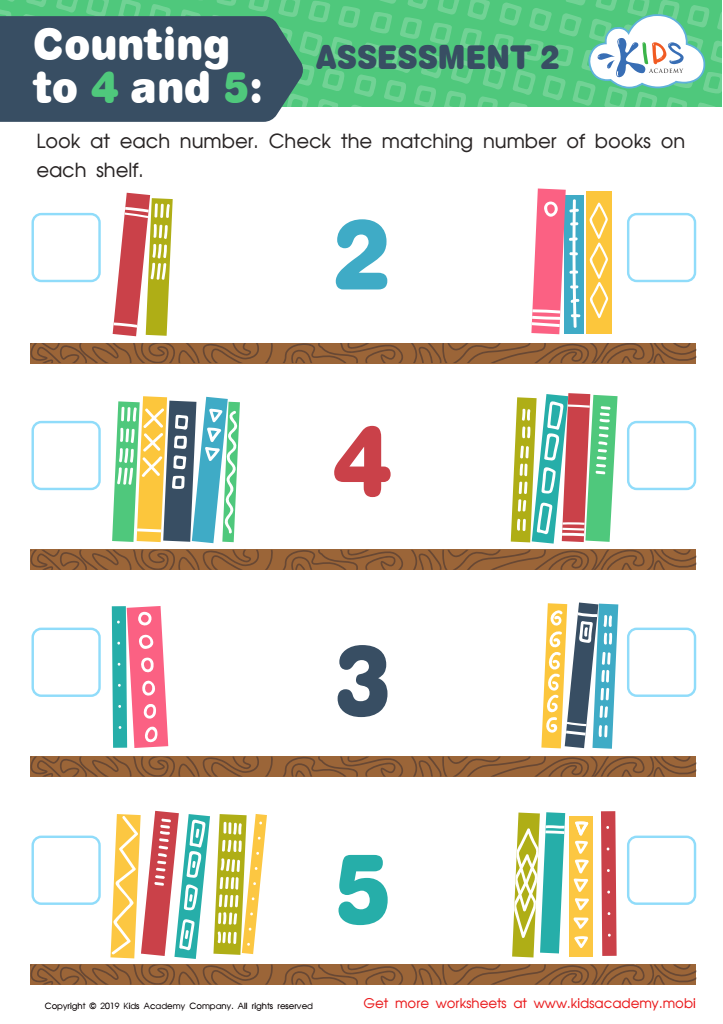

Counting to 4 and 5: Assessment 2 Worksheet
Basic counting skills are the foundation for a child's mathematical development and thus require attention from both parents and teachers. During the ages of 3-8, children’s brains are highly adaptable and ready to absorb fundamental concepts that will support more complex learning later on. Counting skills are not just about reciting numbers but involve understanding the quantity those numbers represent, a concept known as "number sense."
Developing number sense at an early age enhances cognitive development and critical thinking skills. It prepares children for the rudimentary operations of addition, subtraction, and eventually more complex operations like multiplication and division. Without a strong grasp of basic counting, children can struggle with these future mathematical concepts, leading to academic difficulties.
Furthermore, early proficiency in counting aids in everyday life skills such as telling time, managing money, and measuring ingredients for cooking. This sort of practical application helps solidify the importance and utility of counting beyond academic settings.
Lastly, acquiring counting skills can also boost a child's confidence and enthusiasm for learning. When children can successfully count and solve simple problems, they experience a sense of achievement that fosters a positive attitude towards future challenges. Therefore, prioritizing basic counting skills in early childhood sets a strong educational foundation that reaps long-term benefits.
 Assign to My Students
Assign to My Students
